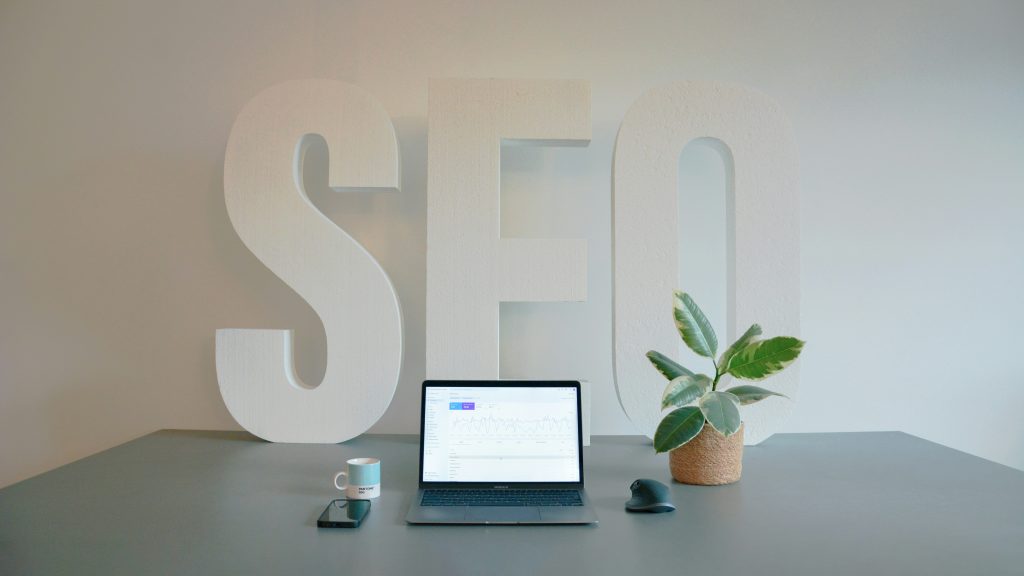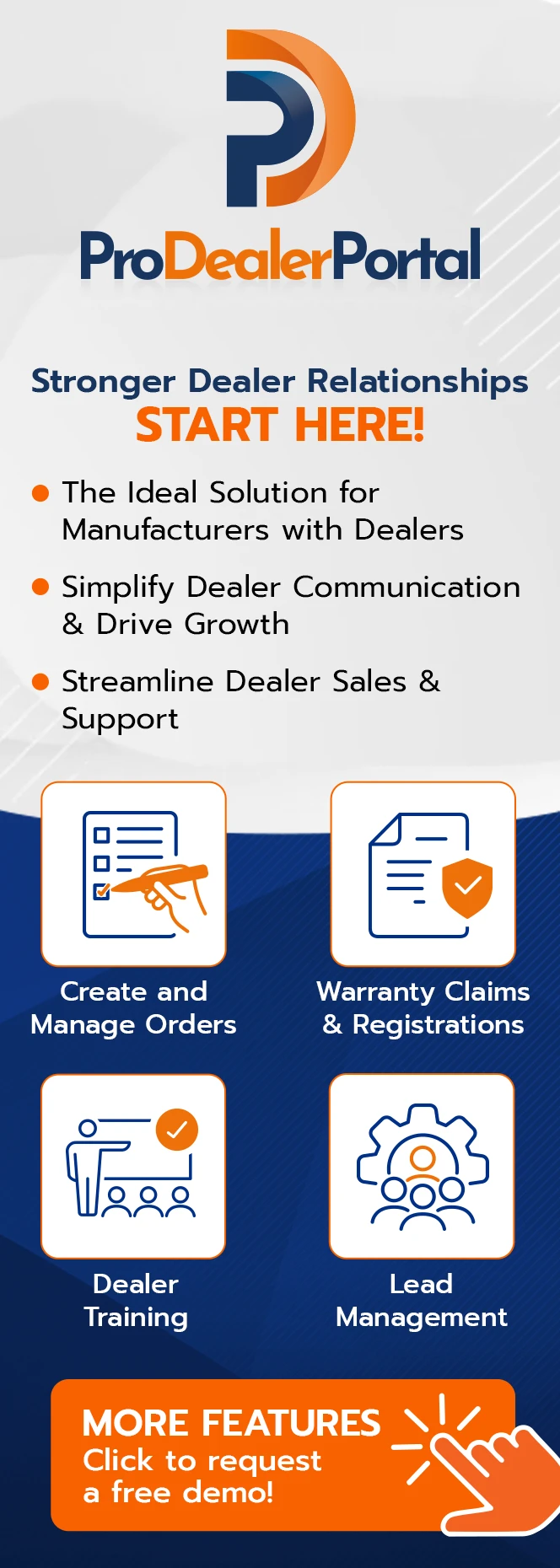Common Workflow Challenges in Marketing Agencies (And How to Solve Them)

Marketing agencies are dynamic, creative powerhouses where ideas come to life. Projects stall when workflow kinks sap energy, inspiring passion, and innovative thinking take a hit, and ultimately, project success takes a nosedive. To shine in the marketing spotlight, agencies need to amp up their operational game – no excuses. If workflow logjams are holding your marketing agency back, we’ve got a prescription for remedy: our solution-packed blog tackles the most common pain points head-on.
Digital media’s star has risen, and with it, the demand for forward-thinking marketing agencies that can craft campaigns that truly resonate. Storytellers, innovators, and designers – these pioneers of ad land ignite brands with compelling narratives that strike a chord with their ideal audience. Trying to wear multiple hats – managing projects, meeting client expectations, and keeping pace with industry advancements – can turn into a serious hurdle, weakening your overall performance and effectiveness.
Challenge 1: Inefficient Task Management
Inefficient task management is a common roadblock many marketing agencies face. When deadlines start to sli,p and tasks fall through the cracks, clients can quickly become unhappy. The majority of project problems boil down to a single inefficiency: no centralized system to coordinate tasks across the board.
Implementing project management tools and methodologies can drastically improve task efficiency. Team members can finally stay synchronized, no matter where they are or what tasks they’re tackling. What makes agile frameworks so effective in task management? It’s their emphasis on fluid planning, cooperative workflow, and reviewing progress step by step.
Challenge 2: Communication Barriers
Communication barriers within teams and between clients can derail projects. Misunderstandings, lack of clarity on revisions, and missed messages can lead to project delays and erode trust.
Establishing clear communication channels and regular check-ins is key. Internally, this might mean scheduled daily or weekly meetings and the use of collaborative communication tools like Slack. Externally, maintaining regular updates and check-ins with clients ensures that expectations are aligned and any adjustments to the project are communicated promptly.
Challenge 3: Resource Allocation
Uneven resource distribution is another challenge, where some team members may be overloaded while others are underutilized, leading to burnout and inefficiency.
Problem solvers converge on a goldmine when they find the right answer. There’s no substitute for something that actually delivers results. Stumbling upon it can be pure gold.
Resource management software is like having a master orchestrator – it helps you visualize team workloads, rebalance tasks, and redefine assignments to achieve a perfect harmony of workload distribution. You get a clear view of your team’s workload and capacity, so you can make informed decisions and keep everyone humming along.
Challenge 4: Creating a writing style
That’s indistinguishable from a human touch. Feeling drained and uninspired can be real. Creative block strikes when we’re left high and dry, struggling to come up with fresh ideas. But there’s another silent enemy lurking in the shadows: burnout – a sneaky foe that seeps into our motivation and sucks the life out of our projects.
Constantly scratching for novel solutions can be overwhelming, causing creatives to hit a wall and lose their spark.
Encouraging a culture of breaks, inspiration-seeking, and work-life balance can mitigate these effects. Foster an environment where creatives can thrive. Block time for open-ended discussions, scenic excursions, or even spontaneous doodling. And don’t forget, cramped project timelines are cramped.
Challenge 5: Client Expectation Management
Aligning client expectations with deliverables is integral to maintaining a healthy agency-client relationship. Misaligned expectations are like fine print – they can turn even the best work into a disappointment, chewing away at trust.
Transparent project scoping and milestone setting are critical. It begins with clear communication about what is achievable within the given timeline and budget. Regular updates and project roadmaps can help keep everyone on the same page and prevent scope creep and the frustration it can bring.
Challenge 6: Lack of Process Standardization
Marketing agencies often face inefficiencies due to ad-hoc procedures and a lack of standardized processes. Inconsistencies in work quality and scalability issues can become major headaches when they’re not addressed.
Establishing and documenting standard operating procedures (SOPs) is necessary for ensuring consistency and streamlining workflows. SOPs should be easily accessible and regularly updated to reflect any changes in processes or tools. Regular team workshops can get everyone on the same page when it comes to following established processes.
Challenge 7: Keeping Up With Industry Trends
The marketing industry evolves rapidly, with new trends and technologies emerging constantly. Agencies that fail to keep up risk falling behind the competition and losing relevance.
Regular training sessions and industry research are critical for staying up-to-date. Break the mold of stale office routines by providing opportunities for staff to upskill and reskill – it’s a surefire way to stimulate creativity and drive innovation.
Challenge 8: The Benefits of Agency Management Software
Many of the challenges discussed can be addressed by agency management software, which can serve as a comprehensive solution encompassing project management, resource allocation, communication, and reporting.
Agency management software should be user-friendly, robust, and customizable. Handy tools for your workflow might offer project tracking, timekeeping, and resource planning to get your team in sync.
Conclusion
Constant issues with workflow mean marketing agencies often operate at a snail’s pace, losing ground on inspiration and elbow grease. It’s a given that solving these problems calls for a multi-faceted approach – think a seamless workflow, staffers who feel heard, and actively cultivated office morale.
In the intricate dance of marketing agency workflow, one wrong step can be devastating. But here’s the flip side: those hiccups can become triggers for improvement, fostering an environment where artistry flourishes, teams mesh, and projects radiate excellence. Let’s call a spade a spade: the industry’s in a state of perpetual motion. But within that turmoil lies a golden opportunity. By seizing it, agencies can bridge the gap between where they are and where they need to be, unlocking their true potential in the process.
